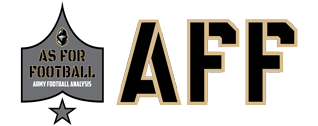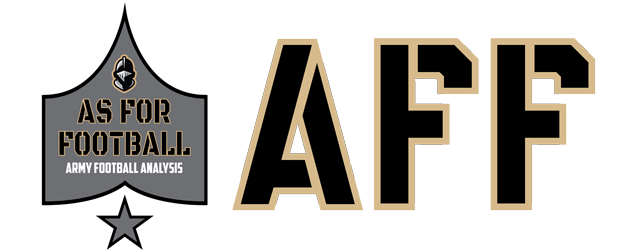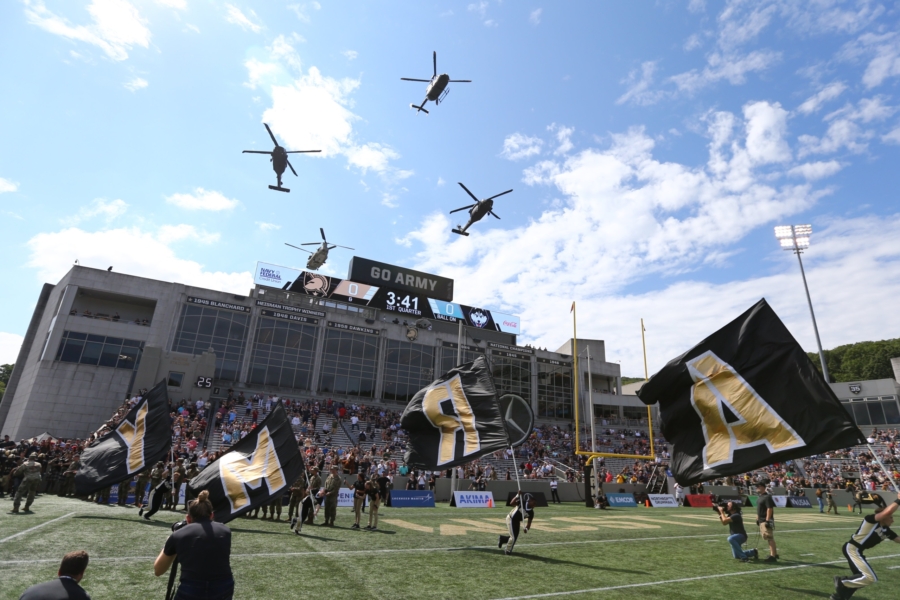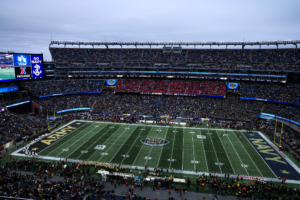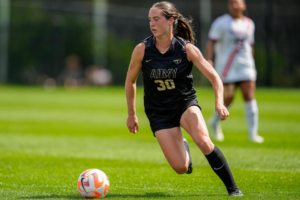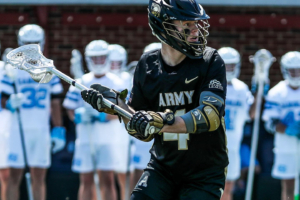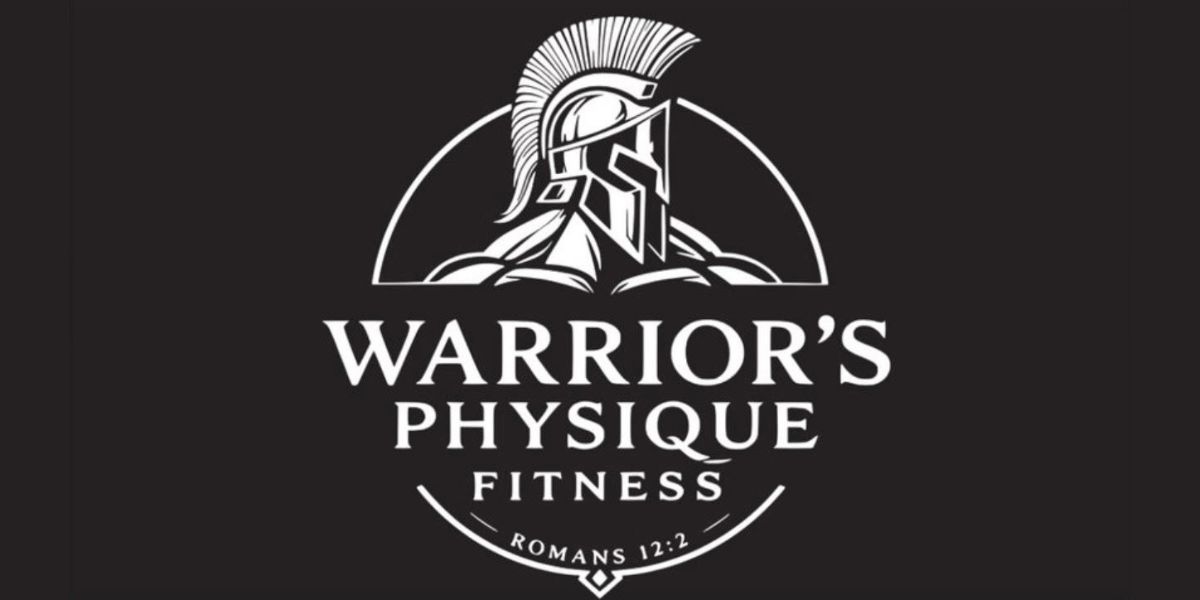As Army enters its first year in the aptly named American Athletic Conference (AAC), we must now learn each of our conference-mates’ basic background stories. Let’s go over how each school came together to form this “perfect union” of athletic competition.
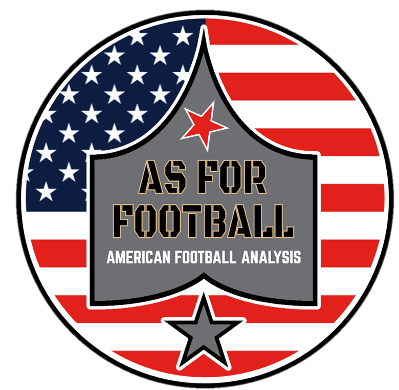
Power Conference Castoffs
Temple Owls
Temple has taken arguably my favorite journey to the AAC. Temple’s football tradition dates to 1894, when they played games intermittently before beginning a full-time schedule in 1925. They then flipped between independence and membership in the MAC (Mid-Atlantic Conference) before finally stabilizing as an independent from 1970 to 1990 following a jump from the NCAA’s College Division (modern-day FCS) to the University Division (modern-day FBS). The Owls had their moments back in the day. They went 10-2 in 1979 and won the Garden State Bowl. Star running back Paul Palmer then finished second in Heisman voting in 1986. These moments were enough to make Temple an original member of the Big East back in 1991.
Alas, the wheels fell off shortly thereafter. Temple amassed a 30-126 record from 1991-2004 when the Big East booted them. Afterward, the Owls went independent from 2005 to 2006 before the MAC extended a return invitation. Temple stayed in the MAC until 2012. That year, the Big East called back like a desperate ex following the departures of Louisville, Pittsburgh, Rutgers, Syracuse, and West Virginia. In 2013, the Big East’s non-football members split and took the Big East name, while the football-playing members rebranded as the American Athletic Conference. Temple stayed in the AAC and still resides there to this day.
South Florida Bulls
South Florida fits two AAC member archetypes. It is a former Conference USA member and a power conference castoff. The Bulls have one of the youngest programs in the American, having started their program as recently as 1997. After jumping to the FBS in 2001, the Bulls stayed independent until 2003, when they joined Conference USA. Once Miami left the Big East, though, that conference brought USF on board in 2005 to maintain a presence in the Sunshine State.
Power conferences left the Bulls behind in the 2010-2013 realignment cycle alongside fellow mid-2000s Big East additions Cincinnati and UConn.
Rice Owls
I originally titled this section “Big East Castoffs” but realized that I had to include Rice. The Owls lived through the first modern dissolution of a power conference, the 1995 demise of the Southwest Conference. Rice had been an original member of the Southwest Conference starting all the way back in 1914. Unfortunately, a long dry spell consisting of exactly one shared football conference championship and zero bowl appearances from 1961 to 1994 made it easy for the Big 12 to ignore the Owls after the Southwest Conference dissolved.
In the aftermath, the Owls joined the Western Athletic Conference, competing against natural rivals like Hawaii and San Jose State. After Conference USA lost Cincinnati, Louisville, and USF to the Big East in 2005, though, the Owls joined C-USA with fellow WAC members SMU, Tulsa, and UTEP. In an episode of deja vu, power conferences — and the American — once again passed on Rice in the next realignment. Thus, the Owls went from playing conference games against Texas to playing conference games against Florida International in less than two decades. Finally, enough realignment dominoes fell for the AAC to give Rice a second look during the 2021 realignment cycle. They began AAC play in 2023.
Original Conference USA Members
East Carolina Pirates, Memphis Tigers, Tulane Green Wave, and UAB Blazers
In some ways, the American is nothing more than a rebranded Conference USA. Twelve of its fourteen football-playing members played in Conference USA at some point. Army fans will remember the four schools named here that served as some of Conference USA’s original members — East Carolina, Memphis, Tulane, and UAB.
These four schools made up Conference USA’s late-1990s core. Memphis and Tulane served as two of the league’s “original six” from 1996 while ECU joined in 1997 and UAB joined in 1999. Memphis, Tulane, and ECU had all played football for several years prior to joining C-USA and had all been FBS independents before then, too. They were nearly part of the would-be Metro Conference’s proposal to combine the Big East’s original football members with southern independents like Florida State, South Carolina, and this eventual Conference USA trio, too.
ECU, Memphis, and Tulane joined the American in the conference’s early years. Memphis signed on in 2013; Tulane and ECU followed a year later. Like other early AAC members Temple and USF, power conferences passed on this quartet of Conference USA originals. Finally, after the 2023 expansion, UAB joined its former C-USA brethren in the current AAC.
Group of Five Vagabonds
Tulsa Golden Hurricane and North Texas Mean Green
In an even more insane twist than Temple’s, Tulsa and North Texas’ path to the AAC started all the way back in the 1970s. North Texas left the Missouri Valley Conference in 1974 after 18 seasons of league membership. Despite their extended tenure, they were somehow never a solid fit for a group that included Drake and Louisville. North Texas then stayed independent until 1983, when it joined the FCS Southland Conference. The Mean Green then stayed in the Southland before moving to the FBS for a single transition year as an independent. In 1996, they became the sixth member of the Big West, joining natural rivals Boise State, Idaho, Nevada, New Mexico State, and Utah State.
When the Big West stopped sponsoring football in 2001, the Mean Green joined the Sun Belt with some of its Big West rivals and a few southern independents. During the 2010-2013 realignment cycle, North Texas joined Conference USA, beginning play in 2013. They remained there until 2023, when they left for their current conference home.
Tulsa followed a similar path but with way fewer stops. The Golden Hurricane stayed in the Missouri Valley Conference until the conference stopped sponsoring football in 1985. They then became independent from 1985 until 1995 when the Western Athletic Conference made them part of its 16-team conference colossus — an idea that was way ahead of its time. Conference USA then came calling in 2005. The Golden Hurricane stayed there until becoming a member of the AAC in 2013.
Big Market Startups
Charlotte 49ers, FAU Owls, UTSA Roadrunners
This trio of schools became the AAC’s newest programs during the 2023 expansion. Charlotte started its program in 2013 and joined Conference USA in 2014. UTSA began its program in 2011, spent a year in the WAC in the league’s final FBS season in 2012, and then joined Conference USA in 2013. Florida Atlantic began play in 2002 as an FCS independent, joined the Sun Belt in 2004, and moved to Conference USA in 2013.
While these three schools lack the football tradition of East Carolina, Memphis, and Tulane, they make up for it with their presence in key media markets. This factor became arguably the primary consideration behind adding these schools. However, all three have both put together at least one memorable season in relatively recent years.
Who are you most excited to see this season? Let us know!
Go Army! Beat Lehigh!!!
Cover image via @ArmyWP_Football.
